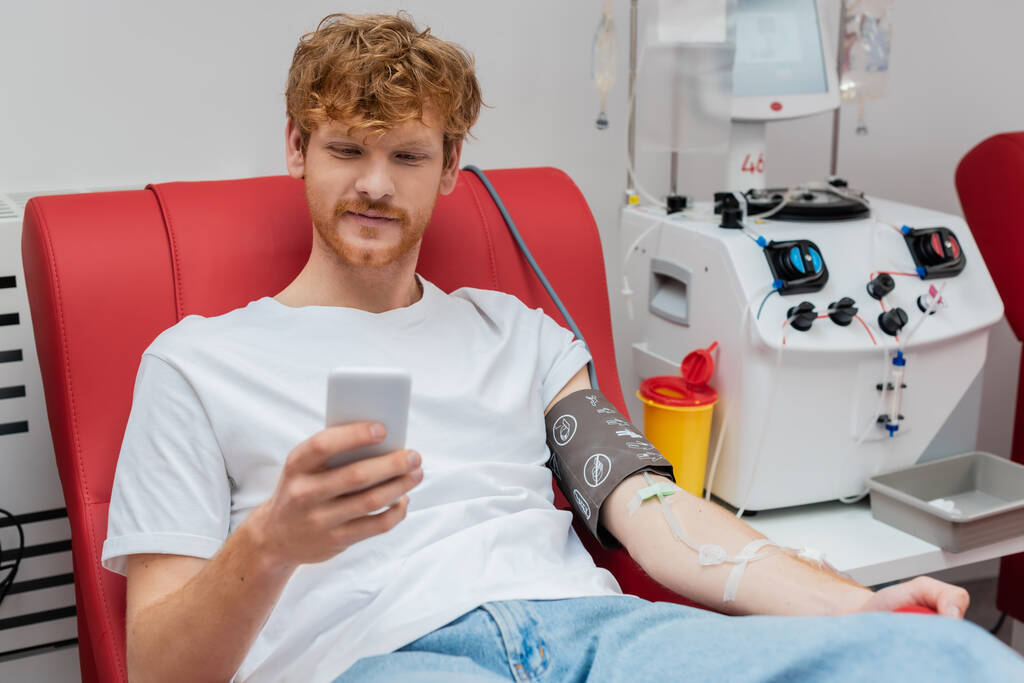
Blog
How Smartphones Have Come to Dominate our Digital Lives

The first smartphone as we know it, Apple’s iPhone, was released in 2007, 16 years ago. At the time, mobile phones were mostly used for calling and texting, with mobile internet barely used at all. The iPhone changed the way we look at smartphones, turning them from novelty into the centre of our digital lives.
Let us take a look at how smartphones evolved to dominate our digital presence over the last decade and a half.
News and social media
It took a year for the biggest social network at the time, Facebook, to launch its first smartphone app, on the iPhone. It was followed by the Android version a year later, and in just a few years, by a dedicated Facebook smartphone, the HTC First. While it did fail (along with the the concept of a Facebook phone), it showed how smartphones were perfect to consume social media and news content.
Today, the vast majority of internet users connect using their smartphones. The 24/7 news cycle is fine-tuned to these devices, keeping people up-to-the-minute not just with the latest news and updates from the world but also with everything their friends and various influencers do.
Entertainment
While Triple-A games like Bethesda’s Starfield keep stealing the show, mobile games are the “silent majority” of the gaming industry. Mobile games have overtaken desktop and console games in revenues generated quite a few years ago, and this is without even counting mobile casino games and other, less mainstream genres.
The first mobile-first games were released soon after the original iPhone. Over the years, publishers have created many new formats, from card games and slot machines to shooters, racing games, and many puzzle games. Lately, hyper-casual games are stealing the show – these are simple, minimalistic games that are very easy to learn and hard to master.
Smartphones are now used for pretty much every form of entertainment, from watching movies, series, and other videos to listening to music and playing games on the go.
Shopping and payments
Online shopping was a predominantly desktop activity for a while – but smartphones took over in this area, too. At first, shoppers were using their phones to research products, doing the actual shopping on a computer. Later, especially after mobile payment methods became more sophisticated, they started doing the actual buying on the go as well.
Today, smartphones are the device of choice for millions not just to shop online but to pay in real life, too. Various wallets are used to pay at grocery stores and restaurants, and there are services to quickly transfer money between users.
Smartphones have gone from novelty to the focus of our digital lives in less than two decades. Today, they take care of our communications, news updates, friendships, fun, and shopping both in real life and online. Who knows what new functions the future brings for them?

